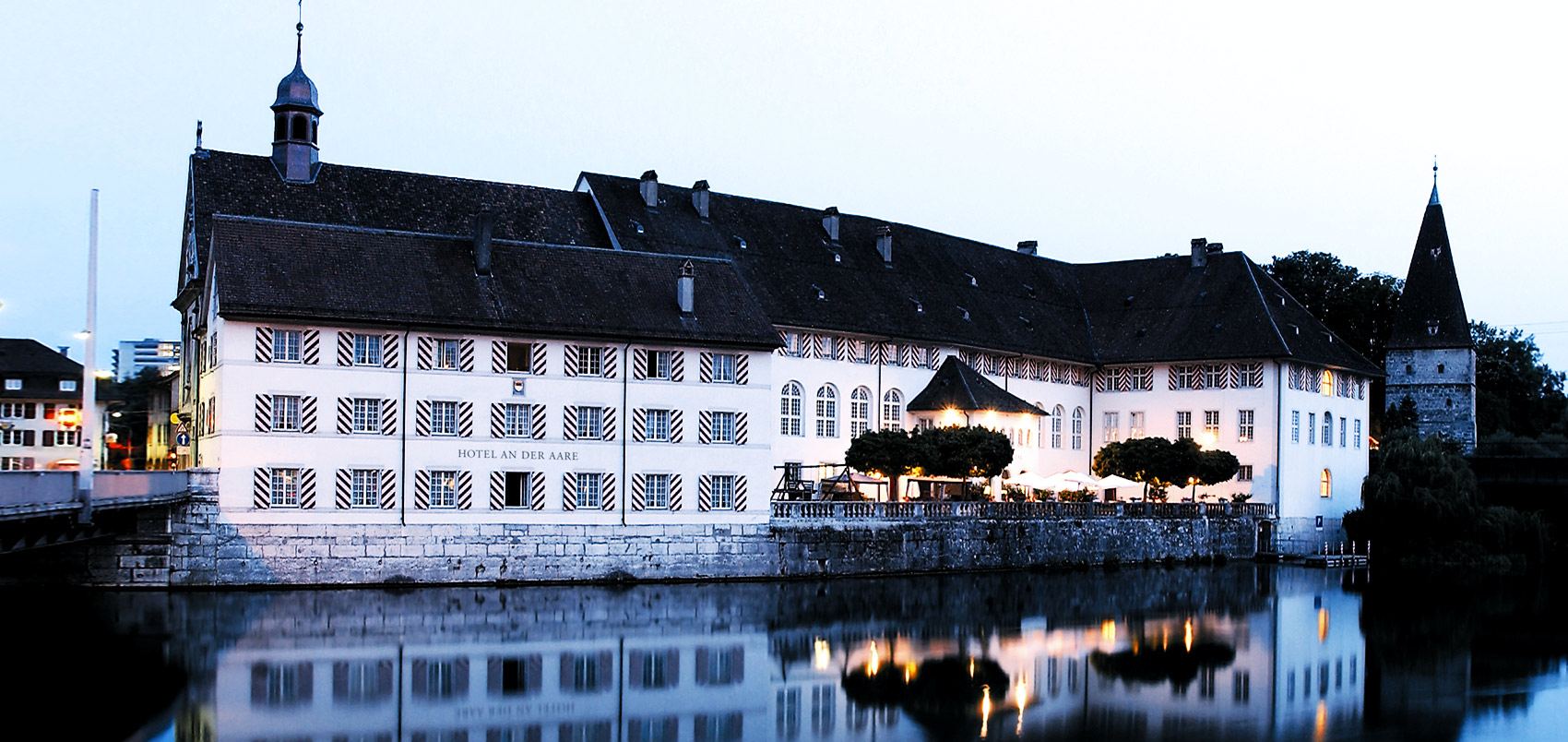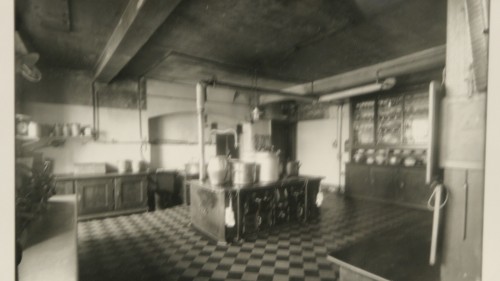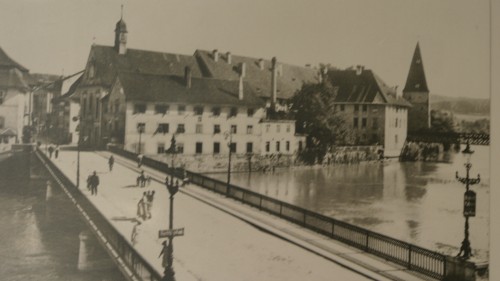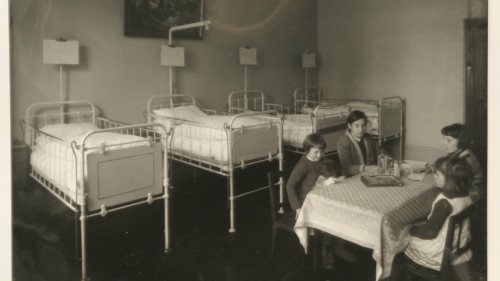History of the Old Hospital
"In the old hospital of the Holy Spirit there is an old church, which has recently been finely redecorated. The Franciscan monks would give daily mass readings and services there; it is now a special foundation. The hospital itself is well-arranged in terms of buildings and income through money, wine and fruits; beside the hostel, alms are handed out out in abundance to the poor, both foreign and native, for three days, which is received as a great blessing in life by several hundred people both old and young."
According to the words of the town clerk and alderman of Solothurn Franz Haffner around 1666.
1350 is the approximate year in which the the hospital was founded. It was created from the merger of two hospitals. The decisive factor was the high demand, because of the rampant plague.
1375 The Gugler rode scorching and burning through the country and also reduced the Solothurn hospital to ruins.
1420 There was a lengthy series of conflicts between the church and the citizenry until agreement was reached about the hospital. As well as the sick, the hospital accommodated paupers, orphans, travelling craftsmen, pilgrims and beggars, so it offered both moral and religious support and material assistance. A church was also erected next to the hospital for this reason.
15th / 16th C. Four fires destroyed a lot of the structure dating back to the Middle Ages. Nevertheless, the hospital grew through some minor enhancements.
1726-29 Dilapidation of the building and shortage of space prompted the construction of a building adjoining the church's western side. From then on, the building was divided into an upper and a lower hospital. A dedicated institution for orphans was set up in the lower hospital.
1734-38 a fire destroyed the church and large sections of the hospital. Following this, the new nurses' home, the new church and the new hospital were built. The church and the hospital were brought under the same roof, which posed some difficult challenges for the master builders of the day.
1765 The council discussed an enlargement of the hospital. A construction plan was drawn up and the planning was entrusted to the leading architect Gaettano Matteo Pisoni , one of the master builders of the cathedral of St. Ursus.
1784-88 Start of the first phase of construction in Pisoni's third project, which due to problems and delays with the cathedral of St. Ursus was constantly pushed back. The demolition of adjacent houses created space for a large new wing adjoining the existing section. This was the most important period of construction for the hospital. Following completion of the new workhouse, the prisoners' block and improvements to the overall infrastructure, management of the hospital was handed over to the "Grey Sisters", a women's order.
1793 A fire broke out in the orphanage which destroyed it along with the workhouse and the lower hospital. Because of this fire and the lack of space, the Council found itself forced again to acquire additional properties and to extend the hospital, as proposed by Pisoni, in the west wing.
1794-1800 The great west wing was added during the second phase of construction, giving the hospital its present-day appearance. It was spared from any further fires. From then on, new additions and extensions were limited to the interior of the building.
1930 The construction of the new citizens' hospital in Schöngrün rendered the "Old Hospital" obsolete, so it was subsequently put to new use. It was even threatened with demolition since then.
1975 Inspired by a petition of the Solothurn council, a special commission was asked to develop a suitable useage concept for the old hospital.
1984 The west wing was opened as the first part of the Old Hospital Encounter Centre, and the garden restaurant by the river Aare was opened to the public.
1991 Opening of the entire east wing and the entire establishment focused on recreational activities.
1996 The old hospital was privatised and since then it has been supported by the same association. The operation is subsidised under a service agreement by the city of Solothurn and supported by the regional communities through contributions.







